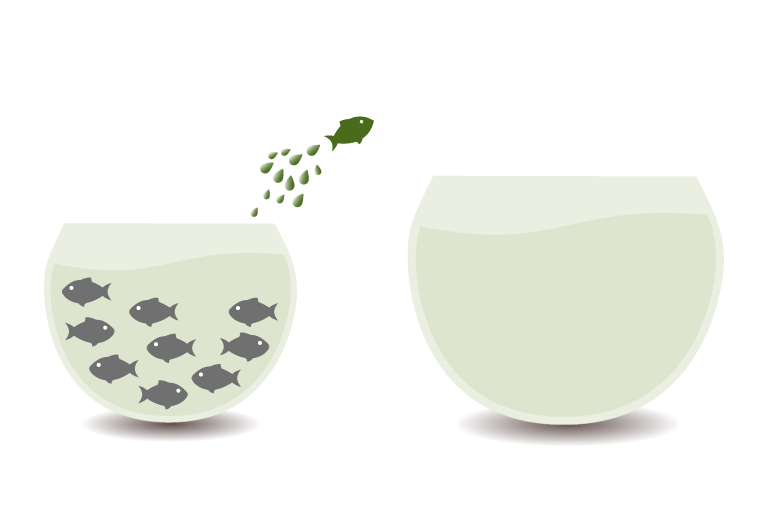We are here to help you
In Zero Consulting we have a broad experience performing simple box modeling. We invite you to take a look at our project section.
We are happy to help you if you need further information.
Simple box is a simple energy simulation that identifies in a quick way the energy allocation of the building and to display how the building energy demand is affecting its geometry and design. Simple box permits to maximise energy savings and to avoid carbon emissions per each economic investment you made upfront.
Every element has an energy behaviour and an energy impact: the materials of the building envelope, the windows’ location, the shading caused by surrounding elements or the mechanical building systems. These are some of the elements that will be targeted in an energy analysis in order to find out which elements influence their energy performance and how these can be reduced.
Analysing and monitoring the parameters that influence the energy balance of the building such as the building’ materials physical properties, climate conditions and occupancy behaviour, the energy consumption of the building can be reduced up to 30%.
The earlier it is performed, the highest will be its impact within the project. The most common mistake is to perform it at the end of the project in order to avoid major changes to the building design. However, these adjustments at this late stage not only mean a higher investment for the developer but also do not necessary improve the energy efficiency of the building.
By performing it at the early stage of the project it is possible to identify the most cost-effective solutions for the building systems design and achieve both immediate and long-term cost savings.
.png)
Simple box modeling is an integrative process modeling that is used to predict building energy consumption, indoor temperature, heating and cooling load demand, HVAC parameters, occupancy and energy generation from renewable energy systems.
This statistical model quantifies benchmark data parameters and correlates them between building performance and data in order to find an optimal energy standard.
It is recommended to perform it before the geometry and orientation of the building have been established, so it can provide a complete holistical approach.
The principal data required is pre-collected data, which includes:
ASHRAE's Standard 209-2018 is the major regulation that describes Simple Box Modeling process. The green building rating system LEED promotes its implementation to achieve synergies across disciplines and building systems. Nonetheless, it is independent from any sustainable building certification.
.png)

There are several reasons to choose to perform a simple box:
In Zero Consulting we have a broad experience performing simple box modeling. We invite you to take a look at our project section.
We are happy to help you if you need further information.
Consulting and sustaineble certification for a LEED new construction hotel
VERDE certification process and consultancy
LEED GOLD certification process and consultancy
LEED certification process and consultancy
VERDE certification process and consultancy
LEED Gold certification process and consultancy
Residential hotel DGNB Gold certification process and consultancy
VERDE certification process and consultancy

The AI revolution raises questions about the role of architects and the impact on the industry. Are we facing a mere innovation or a complete disruption of the sector?

How energy efficiency enhances the profitability of real estate projects and helps meet regulations such as the EU Taxonomy and ESG criteria.

Understand how the Energy Savings Certificates (CAEs) system works in Spain to promote energy efficiency in buildings.

Learn how to improve energy efficiency in air conditioning for a comfortable and sustainable home with strategies to reduce energy consumption

Choosing energy-efficient glass and frames for our windows allows for energy savings and increased comfort for building occupants.

Studying a building from an energy point of view, based on the LEED Integrative Process, enables an understanding of the areas in which to intervene to reduce its consumption

Energy ratings provide us with key information about the energy efficiency of a building or home, depending on its consumption and savings.

Thermal inertia is the ability of a building to keep its temperature as constant as possible despite changes in the temperature of its surroundings.